Cheap and Simple Hydrophone Preamplifier/Amplifier for Headphones. By David Forrest and Brian Alps.(I would normally have published this first in our magazine but I felt that it was best to put it up here for the benefit of the model submarine community. The more hydrophones the better!)
This summer I have been having a look at making hydrophones more easily and cheaply available.
They are very useful things for our hobby. They can pick up motor, pump and even servo noises at ranges of 10’s of feet and with a Pinger, on the sub (Pinger chip available for £5 to AMS members.) you are very unlikely to lose the submarines in even the darkest, dirtiest water. The more hydrophones there are at the pond side, the better for all of us – hence this article.
You need a hydrophone together with a preamplifier/amplifier.
The Loughborough University “Bender” hydrophone is an excellent design. Cheap to make and very simple for the typical model submariner to build. We know about Perspex sheets, bolts, O rings etc.
The preamplifier and amplifier using the Loughborough University design (and my mods to it) are very effective but quite complicated to build. You need to make your own printed circuit boards etc. So I had a look at what was commercially available and my suggestion would be to use the excellent kits produced by Velleman - available from Maplins.
The kits are:
K1803 Universal Mono Preamplifier
K8066 3W Mono amplifier.
They cost about £6 each and contain a good quality circuit board, components and instructions.
Most people who have a soldering iron could make these kits (or someone could make them for you.) and they only take a few minutes to build and can be tested individually.
Mount them in a metal box. (I used a tin box and the shortcakes were delicious – see photos) for screening.
Connect them together to a 6 to 12 supply – a transmitter battery works well. Use a potentiometer as a volume control as per the Velleman instructions (I used a 100k rather than the 40k suggested, because it’s what I had.)
Use a pair of good quality headphones which work better than a loudspeaker (I use Sennheiser headphones.) These will be stereo but connect across two of the three connections them so that you get sound in both phones. (If you do this you may need to mount the jack plug socket on plastic to avoid shorting to the metal case.)
I added an on/off toggle switch (with a guard to prevent it being knocked on ) and an LED to show power on. Plug in the Bender Hydrophone which “you made earlier” and you are away.
I’ve tried using it in comparison with the original design. This is more sensitive because it contains passive filters, but the cheap and simple design works well and should form part of your pond side kit. It should not be too difficult to add some passive filter stages to the Velleman preamp board. Perhaps more information later.


Chatting with Brian (The Editor) at Barrow recently, he has also tried some pre-built units from Maplins with good results and no soldering is required. Brian’s words follow:
“With regard to my construction of the hydrophone amplifier system I have attached some photos. The types of amplifiers used from 'Maplin' were:
German 'Kemo' Universal Preamplifier Module M040, Order Code: N69AW @ £6.99, operating voltage 9-24 vdc, input voltage 2-50 mV, output voltage 200 mV, current consumption 2 mA, dimensions 30 x 25 x 15 mm.
German 'Kemo' Universal Amplifier Module M031N, Order Code: N64AW @ £6.99, operating voltage 4.5-12 vdc,output max 3.5 W music power, loudspeaker connection 4-16 ohms, input sensitivity >80 mV, frequency response 40-20,000 Hz, dimensions 40 x 40 x 12 mm. A 10 k ohms log. pot. should be connected between signal source and the amplifier module. Preamplifier connected between the source and the pot.
I installed a DC charging socket for a 9.6 NiCad battery which I used to use in my Tx.
Hydrophone design according to your instructions (So basically the Loughborough model, David’s comment.), except I used thick plastic card for the discs.
Headphones from 'Maplin' were 'ProSound' CD type.”


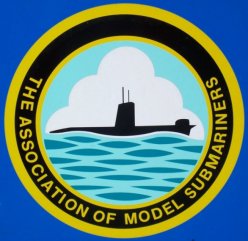



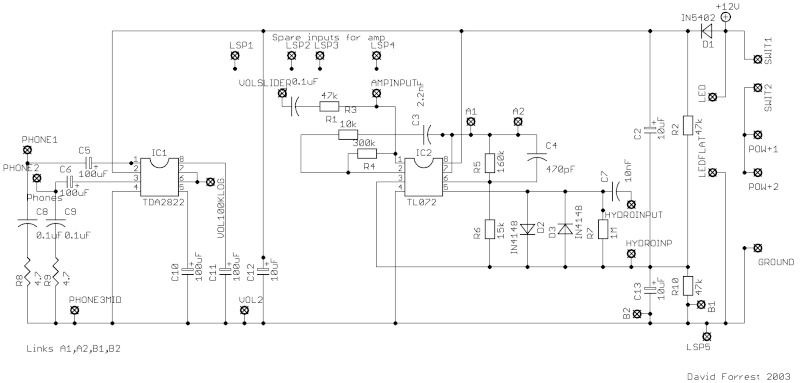
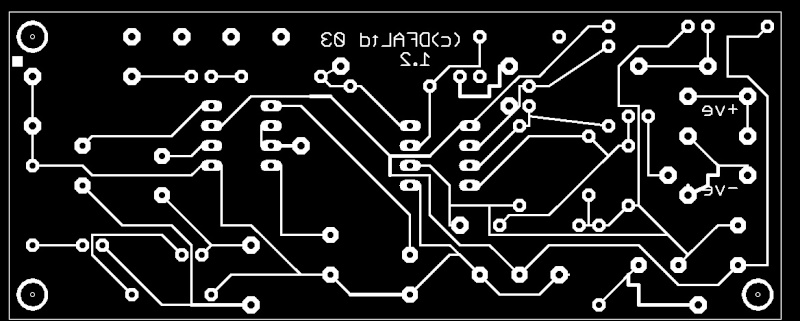
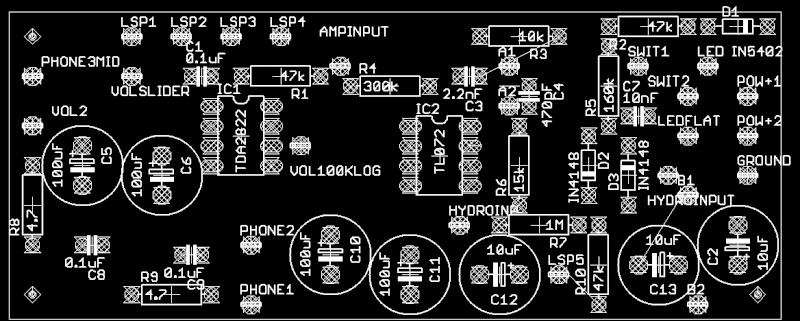
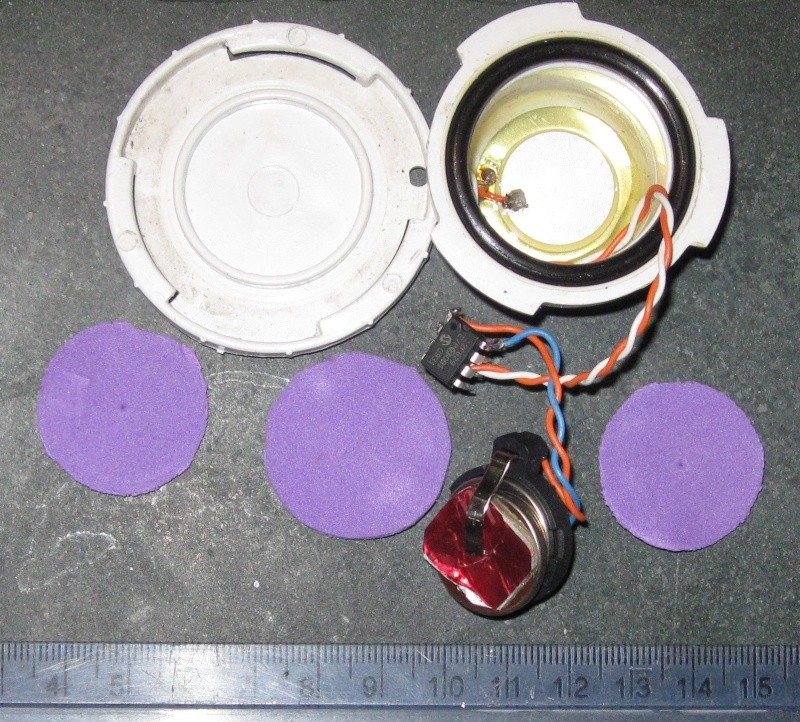
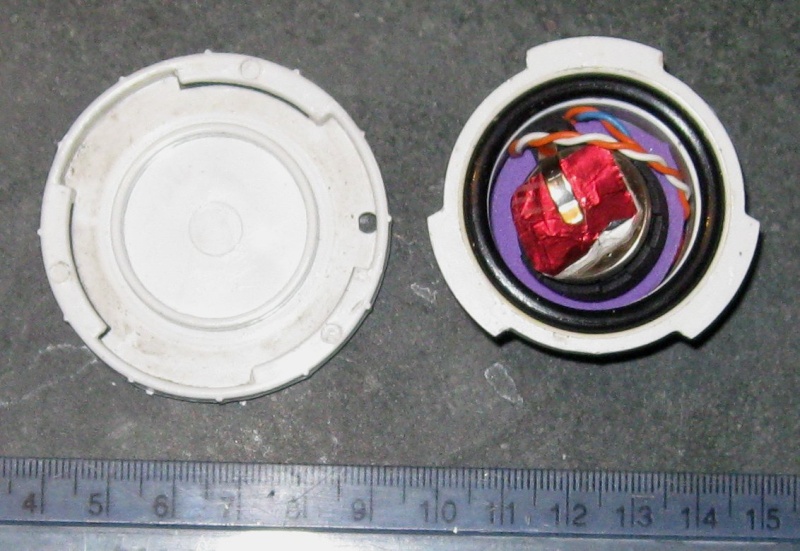




» Futaba -868/915mhz equipment
» Darnell type 21 submarine, need some help
» Robbe Seawolf V2
» bladder bags
» WW2 mini sub build
» Peral Submarine of 1888
» U-Boat R/C?
» Cheap Arduino Auto leveler